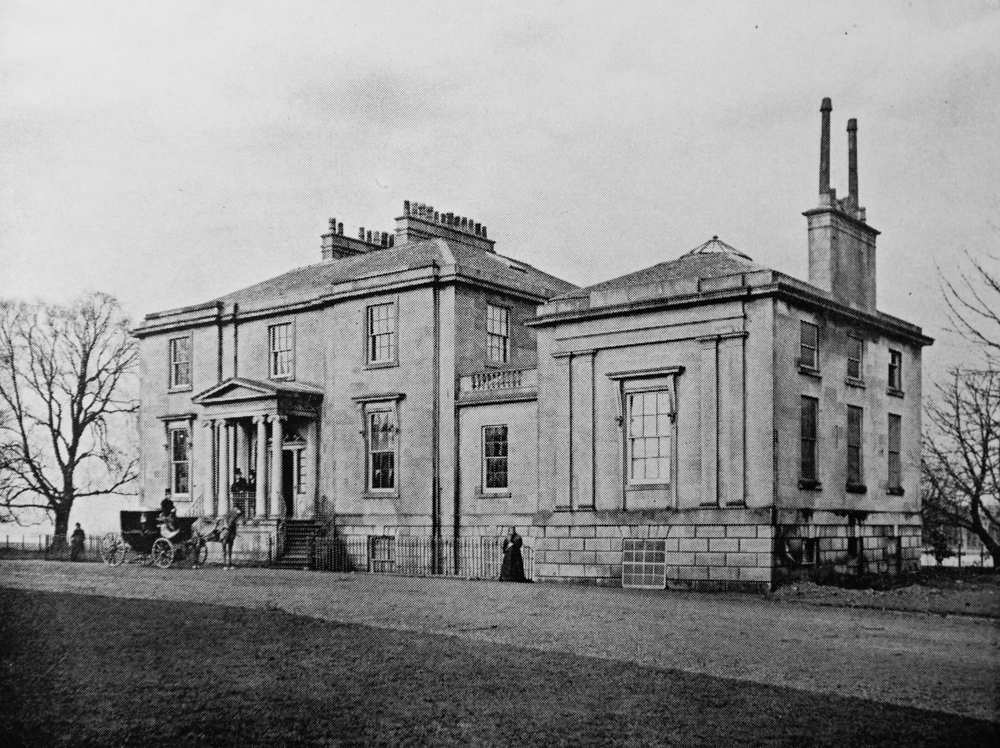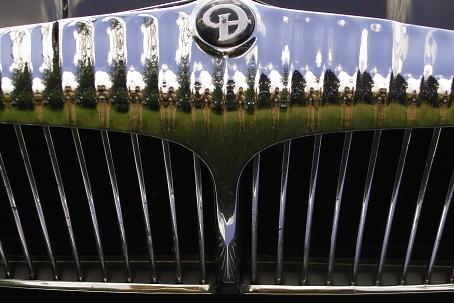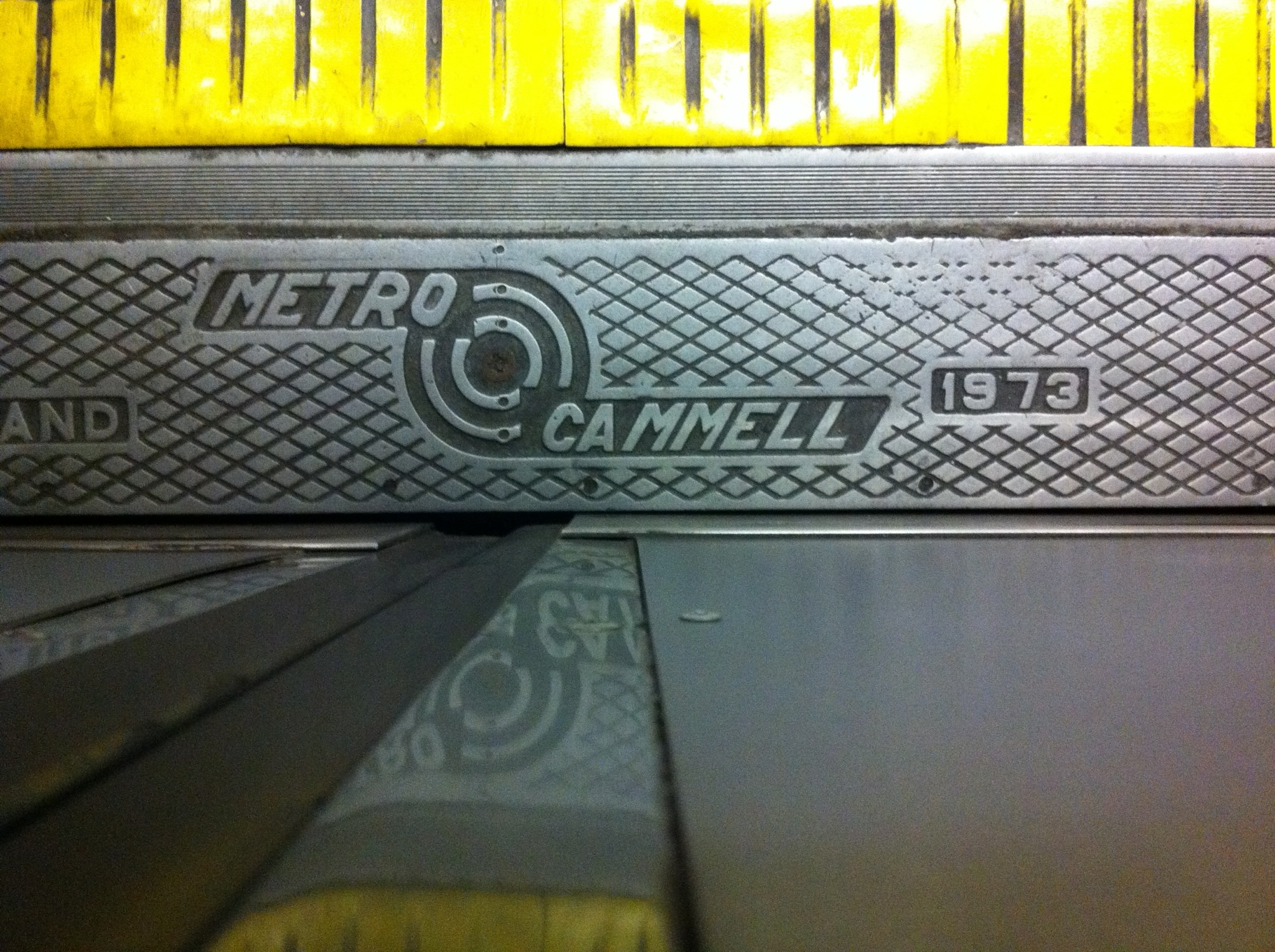|
Trolleybuses In Glasgow
The Glasgow trolleybus system operated in and immediately surrounding the city of Glasgow, Scotland, between 1949 and 1967, with the network reaching its largest extent in 1959. It was the only British system to open after World War II. The trolleybuses were owned and operated by Glasgow Corporation's Transport Department (along with the city's buses, trams and the Subway). Routes All Glasgow's trolleybus routes were numbered from 101 onwards. Summary of services: *101: Started on 6 November 1949, initially between Shawfield and Cathedral Street (replacing part of tram route 10). The route was eventually extended to run between Rutherglen and Riddrie. Closed on 20 April 1966 and replaced by bus route 27. *102: Started on 3 April 1949, initially between Polmadie and Riddrie (replacing tram route 2). Cut back from Riddrie to Royston Road on 2 September 1962. Withdrawn on 30 April 1966. *103: Southerly extension of route 102 to Hampden Park, starting on 3 July 1949 (but not ren ... [...More Info...] [...Related Items...] OR: [Wikipedia] [Google] [Baidu] |
Clarkston, East Renfrewshire
Clarkston ( sco, Clairkstoun, gd, Baile Chlarc) is a suburban town in East Renfrewshire, in the Central Lowlands of Scotland. A dormitory town with a population of around 10,000, Clarkston is on the southern fringe of the Greater Glasgow conurbation and directly adjoins the neighbouring suburban villages of Busby and Netherlee, as well as the towns of Newton Mearns and Giffnock. On 21 October 1971, the main shopping building was the scene of the Clarkston explosion, which killed 22 people and injured around 100. A plaque on the site commemorates the event. The building was rebuilt. Greenbank Garden, a National Trust for Scotland property, is located on Flenders Road, at the outskirts of Clarkston. History When a new road from Paisley to East Kilbride was built through the area in the 1790s, a toll point was set up where it crossed what was then the main route from Glasgow to Kilmarnock and Ayr. [...More Info...] [...Related Items...] OR: [Wikipedia] [Google] [Baidu] |
Linthouse
Linthouse is a neighbourhood in the city of Glasgow, Scotland. It is situated directly south of the River Clyde and lies immediately west of Govan, with other adjacent areas including Shieldhall and the Southern General Hospital to the west, and Drumoyne to the south. Although it is currently located within the Govan ward of Glasgow City Council, it was in fact a distinct area separate from Govan (the boundary being the former Fairfield Shipbuilding Company headquarters and Elder Park) until 1901 when it willfully became part of the Burgh of GovanBrotchie, T.C.F., (1905) The History Of Govan in turn both areas were annexed to Glasgow in 1912. Linthouse was home to the shipbuilder Alexander Stephen and Sons Limited who built many famous vessels for the Royal Navy in the 20th Century. Linthouse was a separate Church of Scotland parish (Linthouse St. Kenneth) until November 2007 when it merged with the neighbouring parishes of Govan Old and New Govan to become part of the ... [...More Info...] [...Related Items...] OR: [Wikipedia] [Google] [Baidu] |
Kelvin Hall
The Kelvin Hall, located on Argyle Street in Glasgow, Scotland, is one of the largest exhibition centres in Britain and now a mixed-use arts and sports venue that opened as an exhibition venue in 1927. It has also been used as a concert hall, home to the Kelvin Hall International Sports Arena to 2014, and from 1988 to 2010, Glasgow's Museum of Transport. As part of the economic redevelopment of Greater Glasgow promoted by the Scottish Development Agency and local authorities to enhance the city's tourist infrastructure and to attract further national and international conferences, the Scottish Exhibition and Conference Centre was designed as the Hall's successor for exhibitions and entertainments, built and opened on the nearby Queen's Dock in 1985 with an exhibition area equal in size to the Kelvin Hall but with the benefit of extensive car parks and land for other complementary buildings. The Hall is protected as a category B listed building, and is served by city bus servi ... [...More Info...] [...Related Items...] OR: [Wikipedia] [Google] [Baidu] |
Pollokshields
Pollokshields ( gd, Buthan Phollaig, Scots: ''Powkshiels'') is an area in the Southside of Glasgow, Scotland. Its modern boundaries are largely man-made, being formed by the M77 motorway to the west and northwest with the open land of Pollok Country Park and the Dumbreck neighbourhood beyond, by the Inverclyde Line railway and other branches which separate its territory from the largely industrial areas of Kinning Park, Kingston and Port Eglinton, and by the Glasgow South Western Line running from the east to south, bordering Govanhill, Strathbungo, Crossmyloof and Shawlands residential areas. There is also a suburban railway running through the area. Pollokshields is a conservation area which was developed in Victorian times according to a plan promoted by the original landowners, the Stirling-Maxwells of Pollok, whose association with the area goes as far back as 1270. The core of the area was constructed in two distinct and contrasting styles, with the western part cons ... [...More Info...] [...Related Items...] OR: [Wikipedia] [Google] [Baidu] |
Glasgow Museum Of Transport
The Riverside Museum (formerly known as the Glasgow Museum of Transport) is a museum in Glasgow, housed in a building at Pointhouse Quay in the Glasgow Harbour regeneration district of Glasgow, Scotland. The building opened in June 2011, winning the 2013 European Museum of the Year Award. It houses many exhibits of national and international importance. The Govan-Partick Bridge will provide a pedestrian link from the museum across the Clyde to Govan. It is set to be completed in 2023. History 1964–2011 The Museum of Transport was opened on 14 April 1964 by Queen Elizabeth The Queen Mother. Created in the wake of the closure of Glasgow's tramway system in 1962, it was initially located at the former Coplawhill tram depot on Albert Drive in Pollokshields, before moving to the Kelvin Hall in 1988. The old building was subsequently converted into the Tramway arts centre. The museum was then situated inside the Kelvin Hall opposite the Kelvingrove Art Gallery & Museum in the w ... [...More Info...] [...Related Items...] OR: [Wikipedia] [Google] [Baidu] |
The Trolleybus Museum At Sandtoft
The Trolleybus Museum at Sandtoft is a transport museum which specialises in the preservation of trolleybuses. It is located by the village of Sandtoft, near Belton on the Isle of Axholme in the English county of Lincolnshire. Description The museum occupies part of the former RAF Sandtoft, an operational bomber airfield during the Second World War. RAF Sandtoft was disposed of by the RAF in 1958 and the site was acquired for the museum in November 1969. Since that time, volunteers have transformed a barren site into a museum with the addition of workshop, vehicle depot and exhibition building. The first event held was the Sandtoft Gathering in 1971, an event which is still held annually. The museum is recognised as having the largest collection of preserved trolleybuses in Europe, if not the world, with over 60 examples. Whilst the exhibits are predominantly from the UK, a collection of international examples is growing at the museum. Apart from trolleybuses and transport ... [...More Info...] [...Related Items...] OR: [Wikipedia] [Google] [Baidu] |
Crossley
Crossley, based in Manchester, United Kingdom, was a pioneering company in the production of internal combustion engines. Since 1988 it has been part of the Rolls-Royce Power Engineering group. More than 100,000 Crossley oil and gas engines have been built. History Crossley Brothers Crossley Brothers was set up in 1867 by brothers Francis (1839–97) and William J.(1844–1911). Francis, with help from his uncle, bought the engineering business of John M Dunlop at Great Marlborough Street in Manchester city centre, including manufacturing pumps, presses, and small steam engines. William (''Sir'' William from 1910 – Baronet) joined his brother shortly after the purchase. The company name was initially changed to Crossley Brothers and Dunlop. Each of the brothers had served engineering apprenticeships: Francis, known as Frank, at Robert Stephenson and Company; and William at W.G. Armstrong, both in Newcastle upon Tyne. William concentrated on the business side, Frank provi ... [...More Info...] [...Related Items...] OR: [Wikipedia] [Google] [Baidu] |
Daimler Company
The Daimler Company Limited ( ), prior to 1910 The Daimler Motor Company Limited, was an independent British motor vehicle manufacturer founded in London by H. J. Lawson in 1896, which set up its manufacturing base in Coventry. The company bought the right to the use of the Daimler name simultaneously from Gottlieb Daimler and Daimler-Motoren-Gesellschaft of Cannstatt, Germany. After early financial difficulty and a reorganisation of the company in 1904, the Daimler Motor Company was purchased by Birmingham Small Arms Company (BSA) in 1910, which also made cars under its own name before the Second World War. In 1933, BSA bought the Lanchester Motor Company and made it a subsidiary of Daimler Company. Daimler was awarded a Royal Warrant to provide cars to the British monarch in 1902; it lost this privilege in the 1950s after being supplanted by Rolls-Royce. Daimler occasionally used alternative technology: the Knight engine which it further developed in the early twenti ... [...More Info...] [...Related Items...] OR: [Wikipedia] [Google] [Baidu] |
London Transport Executive
The London Transport Executive was the organisation responsible for public transport in Greater London, England between 1948 and 1962. In common with all London transport authorities from 1933 to 2000, the public name and operational brand of the organisation was London Transport. Formation On 1 January 1948, pursuant to the Transport Act 1947, the London Passenger Transport Board (LPTB) was nationalised and renamed the London Transport Executive (LTE), becoming a subsidiary organisation of the British Transport Commission, which was formed on the same day. Another subsidiary of the commission was the Railway Executive (which traded as British Railways), which meant that London Transport and the main-line railways were under the same management for the first and last time in their respective histories. Projects A great deal of the early work of the LTE was spent repairing and replacing stock and stations damaged during World War II. LTE also oversaw the completion of the d ... [...More Info...] [...Related Items...] OR: [Wikipedia] [Google] [Baidu] |
Metro-Cammell
Metro-Cammell, formally the Metropolitan Cammell Carriage and Wagon Company (MCCW), was an English manufacturer of railway carriages, locomotives and railway wagons, based in Saltley, and subsequently Washwood Heath, in Birmingham. Purchased by GEC Alsthom in May 1989, the Washwood Heath factory was closed in 2005. The company designed and built trains for the railways in the United Kingdom and overseas, including the Mass Transit Railway of Hong Kong, Kowloon–Canton Railway (now East Rail line), the Channel Tunnel, and the Tyne and Wear Metro, and locomotives for Malaysia's Keretapi Tanah Melayu. Diesel and electric locomotives were manufactured for South African Railways, Nyasaland Railways, Malawi, Nigeria, Trans-Zambezi Railway and Pakistan. DMUs were supplied to Jamaica Railway Corporation and the National Railways of Mexico. The vast majority of London Underground rolling stock manufactured in mid-20th century was produced by the company. It also designed and built ... [...More Info...] [...Related Items...] OR: [Wikipedia] [Google] [Baidu] |
British United Traction
British United Traction (BUT) was a manufacturer of railway equipment and trolleybuses. It was established in 1946 as a joint venture between AEC and Leyland. History British United Traction was established in 1946 when AEC and Leyland amalgamated their trolleybus interests. Neither had produced trolleybuses since early years of World War II. With both forecasting that demand would return to pre-war levels as networks began to close, a joint venture was formed. The new company was organised so that AEC would design and produce vehicles for the UK market while Leyland looked after export markets, although there were some exceptions to this. The only noticeable difference between the manufacturers output was the wheels. Initially vehicles were produced at Leyland's Ham, London factory, with the first vehicles completed in 1947 for Johannesburg. After the factory closed 1948, production moved to AEC's Southall and Leyland's Leyland, Lancashire factories. Following AEC's acqui ... [...More Info...] [...Related Items...] OR: [Wikipedia] [Google] [Baidu] |
British Trolleybuses - Glasgow - Geograph
British may refer to: Peoples, culture, and language * British people, nationals or natives of the United Kingdom, British Overseas Territories, and Crown Dependencies. ** Britishness, the British identity and common culture * British English, the English language as spoken and written in the United Kingdom or, more broadly, throughout the British Isles * Celtic Britons, an ancient ethno-linguistic group * Brittonic languages, a branch of the Insular Celtic language family (formerly called British) ** Common Brittonic, an ancient language Other uses *'' Brit(ish)'', a 2018 memoir by Afua Hirsch *People or things associated with: ** Great Britain, an island ** United Kingdom, a sovereign state ** Kingdom of Great Britain (1707–1800) ** United Kingdom of Great Britain and Ireland (1801–1922) See also * Terminology of the British Isles * Alternative names for the British * English (other) * Britannic (other) * British Isles * Brit (other) * ... [...More Info...] [...Related Items...] OR: [Wikipedia] [Google] [Baidu] |



.jpg)


.jpg)



